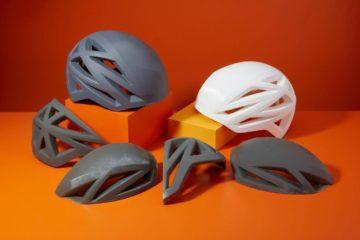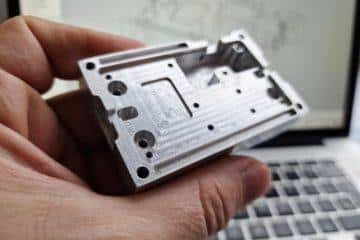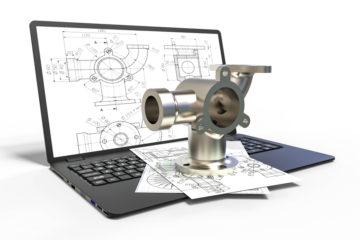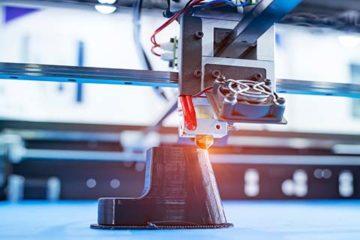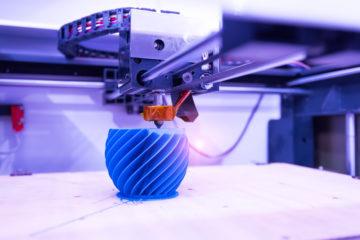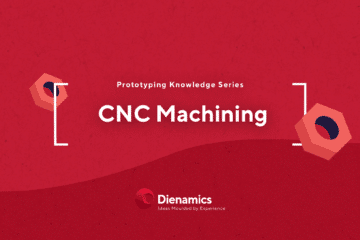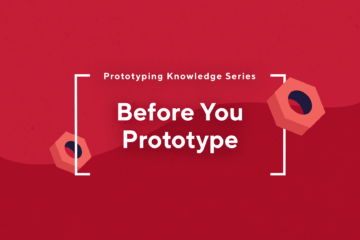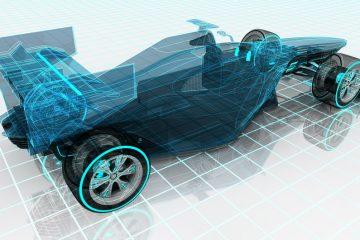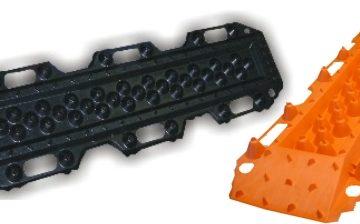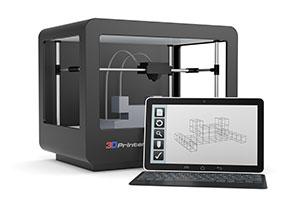
Part 1 – Introduction to Prototyping
Product Prototyping, your R&D guide to design success.
At Dienamics, we know that the key to a project’s success is to ensure our customers are informed and kept in the loop. We want you to understand the work that goes into developing a design idea and to appreciate the importance of each step in the design development process.
The following blog series will explain the world of product prototyping. We’ll look at the different types of prototypes and the misconceptions and expectations surrounding them (e.g. experimental prototype vs. appearance prototype) as well as the options you have when it comes to prototype manufacturing processes and the advantages and disadvantages of each (e.g. CNC machining vs. 3D printing).
Above all, the message you should take away from this article series is that prototyping is a necessary & vital aspect of the design research and development process. You prototype to find errors in your design before you go and spend money building tooling & beginning manufacturing.
A prototype allows you to tangibly feel and test a 3D CAD design. Physical interaction is the best way to find design errors and inspire modifications. Even if a product looks right on a computer, it doesn’t guarantee it will be what you are after in the real world. This is why we always suggest to all of our clients that they get prototypes made.
With that said, even if you make a prototype it doesn’t 100% guarantee the success of the design or the final manufactured product; you may need to make multiple prototypes as well as further changes to the final manufacturing tooling or process after that again. For example, let’s say you have an idea for a plastic product:
- After the CAD drawing is done you make an initial prototype, you find some errors in the design (this is a good thing)
- Changes are made to the CAD drawing and you then make a second prototype that works out great, you decide to move on to building an injection moulding tool
- After the injection moulding tool is built, you order an initial moulding run
- It is rare that the first moulding run produces perfect products because it is a different manufacturing process to that of a prototype and as such is going to produce a part that is not identical to a prototype – it’ll be close, but never 100% the same
- It is likely that further modifications will need to be made to the tool before you have shipments of final ready-to-sell products arriving at your door
So if you have to make changes to tooling and manufacturing even after making one or multiple prototypes, why would you even bother with making prototypes to begin with? The answer is simple – it is because tooling is expensive and takes a lot of time to make. In the long run it is going to be more cost effective and more time efficient for you to use prototypes to work out the majority of kinks beforehand.
If a product could be taken from a 3D CAD drawing straight to a final manufactured, ready-to-sell, product the R&D (Research and Development) industry would not exist. To put it all into perspective, between July and September 2019 Apple Inc. spent $4.2billion on product R&D alone. Another example would be James Dyson, who made 5,217 prototypes when he was developing the bag-free, cyclonic action vacuum.
The next issue in this series will look at what you need to do, know and think about before prototyping.
Prototyping capabilities advance as technology develops and changes. Leave it to Dienamics to keep you up to date. Watch this space!
Sign up below to receive the next issue in our prototyping knowledge series straight to your inbox!
Subscribe to Our Newsletter
Get the latest news from Dienamics into your inbox





